Whether it’s driverless tractors, weed-zapping robots, or data-transmitting crops, the future of farming is happening faster than you might think! We’re rapidly transitioning into a world of 24-hour farming, no longer restricted to farming only when the sun is up! This is one of the big issues and big ideas that I’ve been putting across in my BIG Future series.
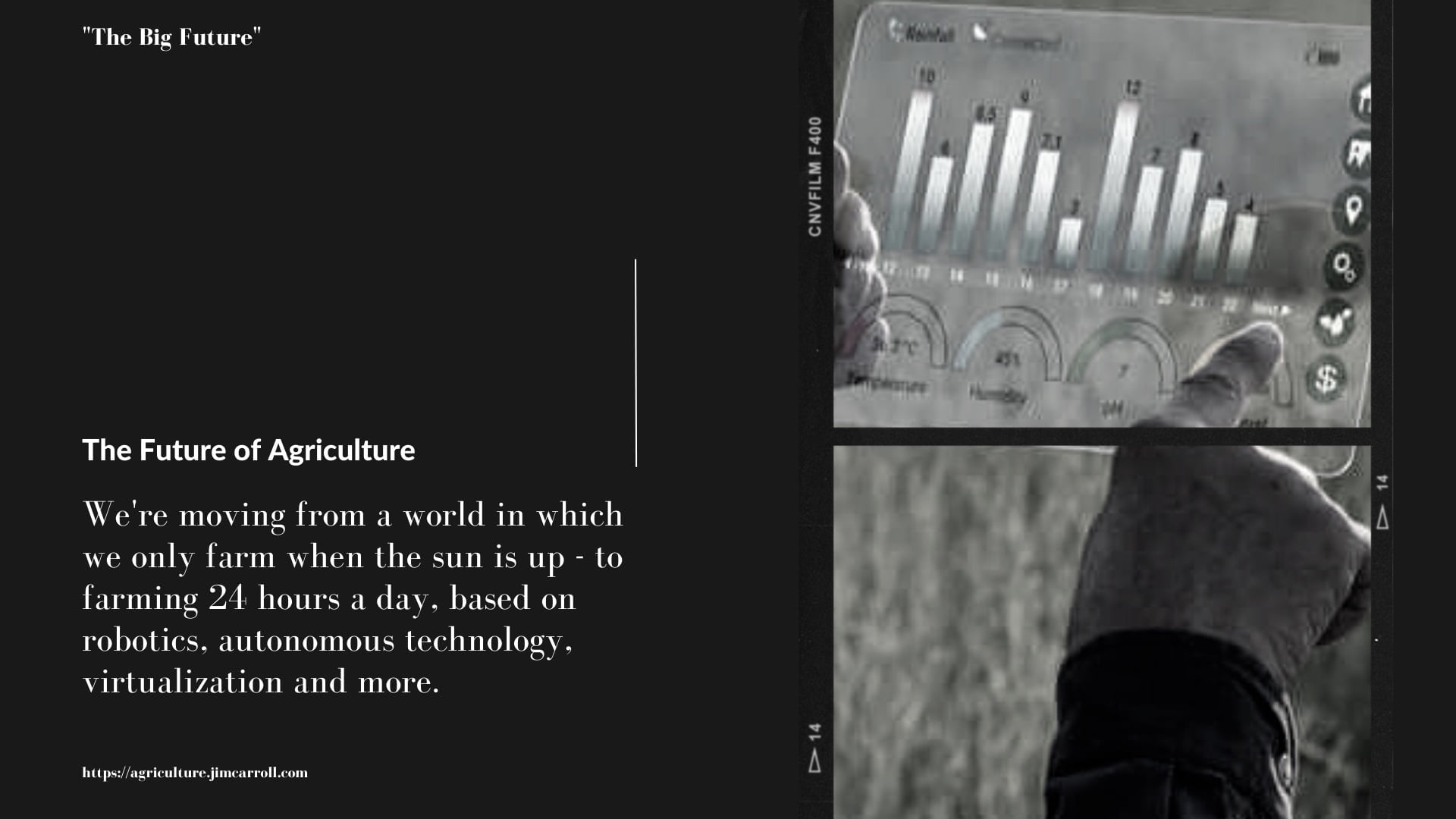
Many people continue to view farming from the sepia-toned photos of the 1940s and 1950s. They don’t realize the technological and scientific advances or the massive opportunities for international growth. Growers that focus on innovation as a core value will find success; their innovation will focus on the triple-feature need for growth, efficiency, and ingestion of new science. It will be by adopting new methodologies, technologies, products, partnerships, and ideas that they will learn to thrive.
That’s what I’ve been stressing in the world of agriculture for many years, through dozens of keynotes to most major agricultural organizations. Organizations like Nutrien, FMC Agriculture, Simplot, Eli Lilly, Dupont, Purina, Land O’ Lakes, the United Soybean Board, and even the US Department of Agriculture have had me in. I guess the biggest compliment came when, after one agricultural keynote, one fellow asked me how long I had been a farmer.
With that in mind, I’ve long been keeping a careful eye on the evolution of AI in the agricultural industry – it’s been used in various ways for quite some time. The big impact of what we are witnessing with ChatGPT and other technologies is related to the general acceleration of all things AI-related in the industry. Consider the number of research papers:
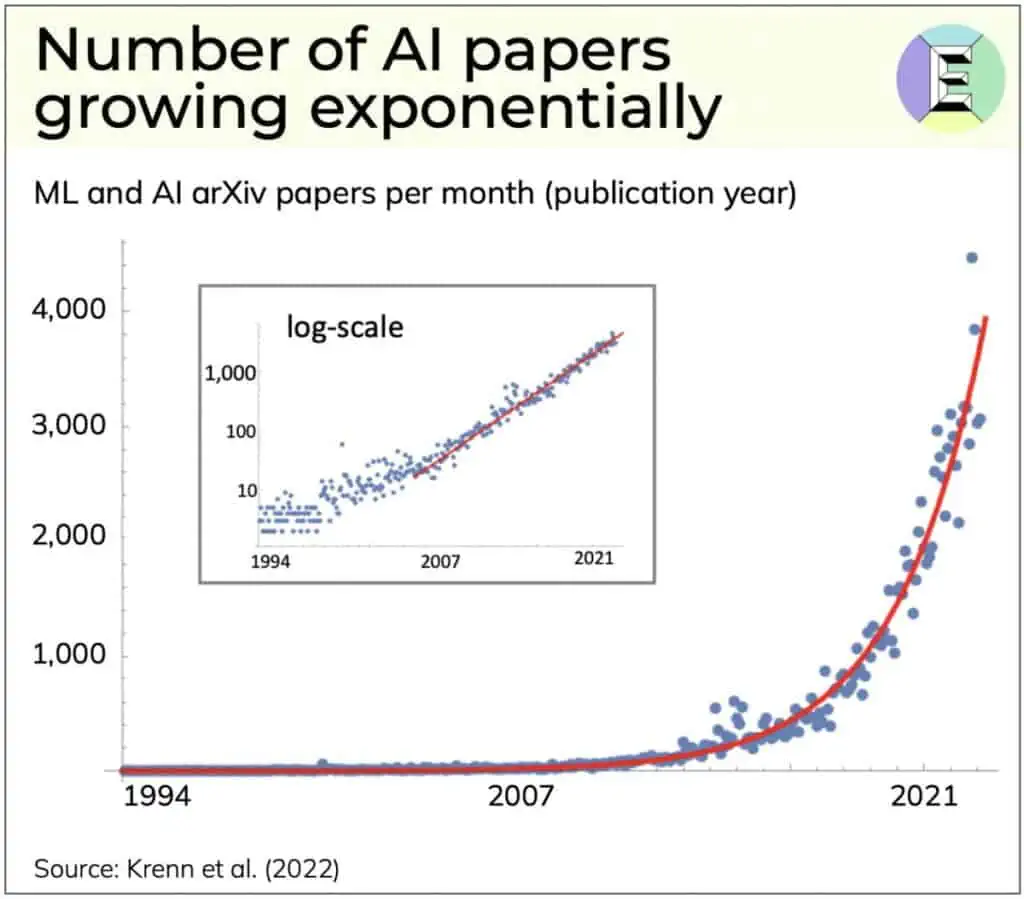
Where does this take us? Maybe to a future of farming involving this guy!
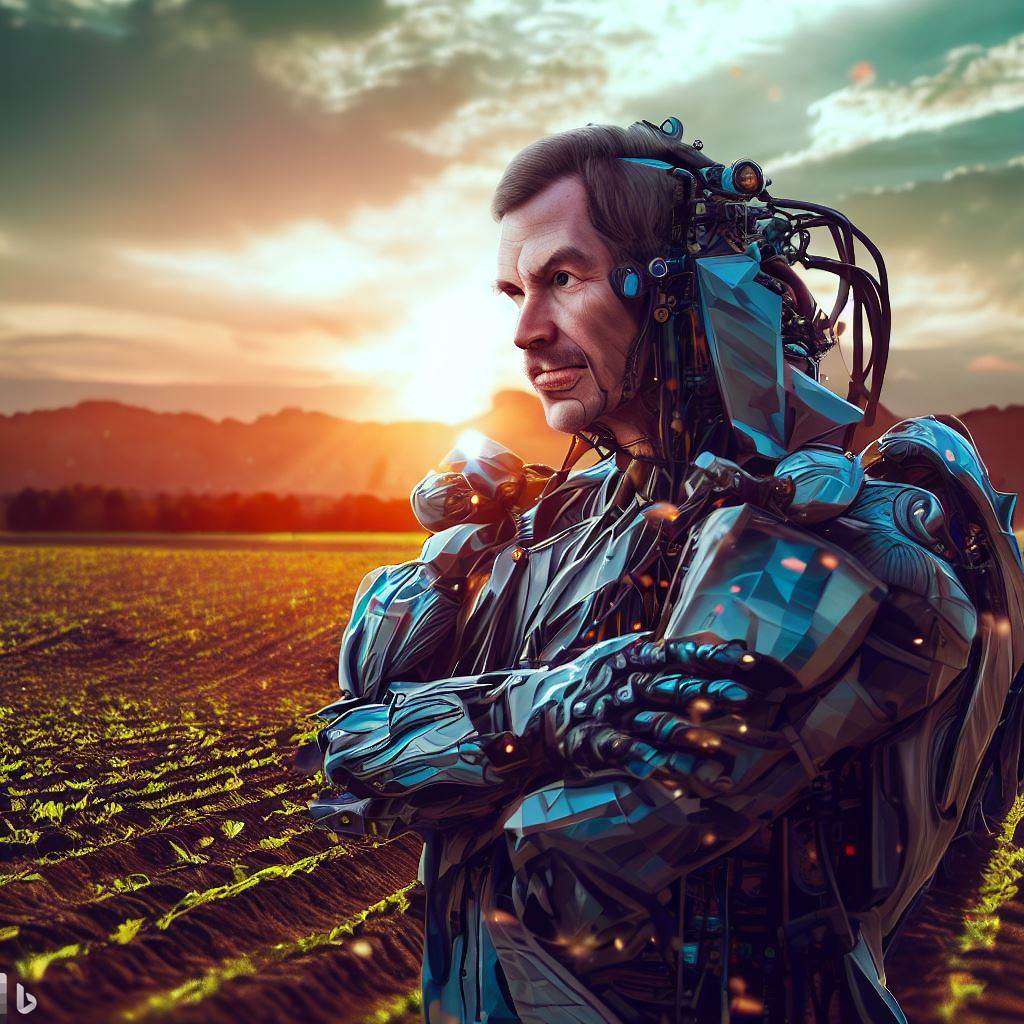
As we add AI into the mix, suddenly, a fast-moving industry is moving into hyperdrive. Beyond the hype and excitement of ChatGPT and text-to-image generation
- Precision agriculture: PA has been with us for close to 30-40 years as a concept; slowly moving at first, it has finally picked up significant speed in the last decade. AI moves it forward as it takes on the role to analyze data from sensors and drones to create precise maps of crops, allowing farmers to optimize irrigation, fertilizer, and pesticide use.
- Crop prediction: Predictive analytics is a huge reality and necessity in ag. AI can analyze data on weather patterns, soil quality, and historical yield data to predict crop yields and help farmers plan their harvests.
- Plant disease detection: We can fly a drone over a crop and gather very discrete information at a very detailed level – AI can then be used to analyze these images of crops and detect signs of disease or pests, allowing farmers to take action before the problem spreads.
- Livestock monitoring: For lack of a better phrase, we are in the era of ‘fitbits for cows.’ AI-powered sensors can monitor livestock for health and welfare, allowing farmers to identify and address potential problems before they become serious.
- Harvesting optimization: Farming is all about intelligent decision-making – not just with things like planning and the weather, but the key question: when do we harvest? AI can analyze data on soil moisture and crop ripeness to optimize the timing of harvesting, reducing waste and improving yields.
- Irrigation optimization: Water is our most precious resource, and in an era of increasing scarcity, everyone is scrambling for solutions on how to best manage it. AI can analyze data on soil moisture and weather patterns to optimize irrigation, reducing water waste and improving crop yields.
- Supply chain management: A few years ago, I spoke to the American Cotton Shippers Association – and they, like many ag organizations, must continually align their supply chains to production. AI can be used to assess data on crop yields, weather patterns, and transportation costs to optimize supply chain logistics, reducing costs and improving efficiency.
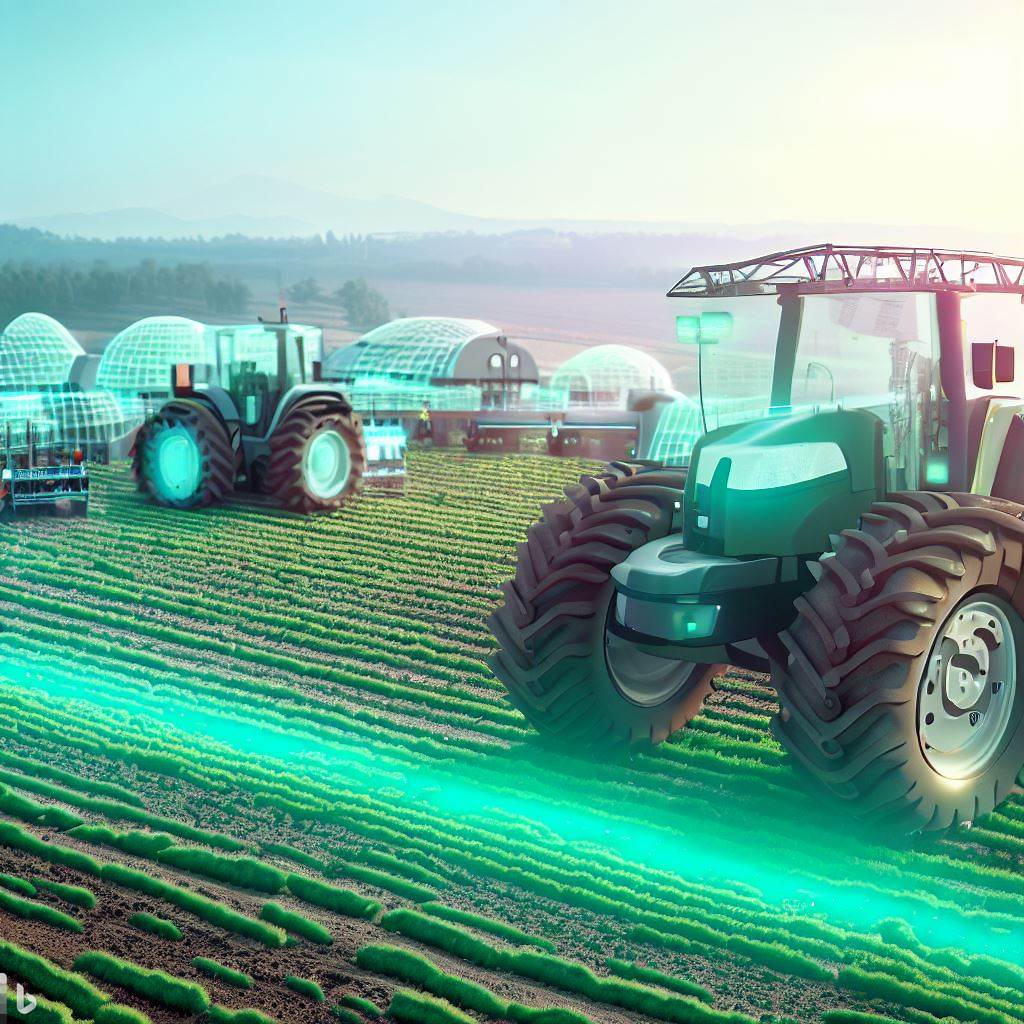
- Pest control: Bugs! Pests! Birds! Small animals! The enemies of agriculture! AI can analyze data on weather patterns and pest populations to predict outbreaks and suggest appropriate treatments, reducing the need for pesticides.
- Crop breeding: There is so much science in ag – it is said that we can now engineer a seed-varietal for western Iowa that is different from that for Eastern Iowa. AI lays a huge role in the acceleration of this science; it can analyze genetic data and historical yield data to identify crops with desirable traits and help breed new varieties.
- Climate adaptation: The weather is everything in farming, AI can analyze data on climate patterns and suggest crops and farming techniques that are best adapted to changing conditions – particularly in the era in which micro-climate realities are becoming so significant.
- Agricultural robotics and Autonomous vehicles: 24-hour farming! AI-powered robots can perform tasks such as planting, weeding, and harvesting, reducing labor costs and increasing efficiency.
- Soil analysis: There’s magic in the science of dirt. AI can analyze data on soil quality and suggest appropriate fertilizers and amendments, improving crop yields and reducing environmental impact.
- Crop health monitoring: The same drone flight can be used to allow AI to monitor crop health and detect signs of stress or disease, allowing farmers to take action before the problem spreads.
- Agricultural market analysis: AI can analyze data on commodity prices, supply and demand, and weather patterns to provide insights on market trends and help farmers make informed decisions.
- Food safety: Food safety issues are paramount, and tracking technologies are critical. AI is being used to examine data on food production and distribution to detect potential food safety risks and suggest appropriate interventions.
- Aquaculture optimization: AI can be used to review data on water quality and fish health to optimize aquaculture operations, reducing costs and improving yields.
- Farm management: AI can analyze data on crop yields, labor costs, and weather patterns to provide insights on farm management and suggest ways to optimize operations
Many of these trends were already underway – but will accelerate as a part of the general acceleration of AI. And one day, a view like this as autonomous tractors return to a central location for re-charging – just as the cows return home at the end of the day!
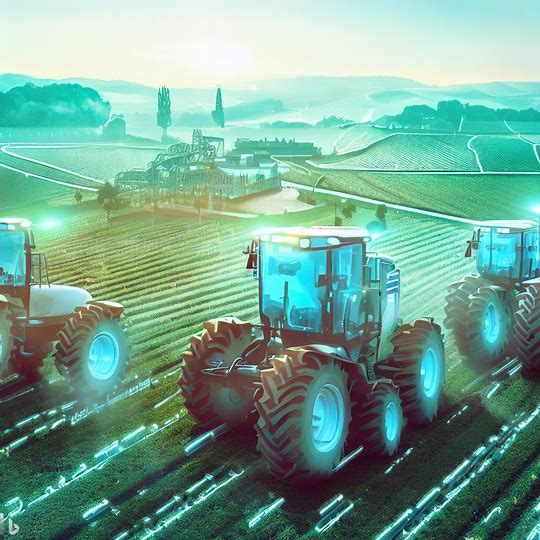
Get ready – it’s not your granddad’s farm anymore!




GET IN TOUCH
Jim's Facebook page
You'll find Jim's latest videos on Youtube
Mastodon. What's on Jim's mind? Check his feed!
LinkedIn - reach out to Jim for a professional connection!
Flickr! Get inspired! A massive archive of all of Jim's daily inspirational quotes!
Instagram - the home for Jim's motivational mind!